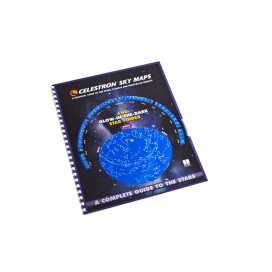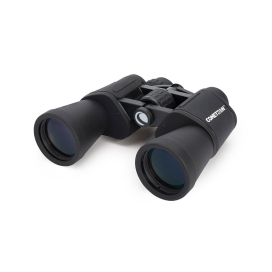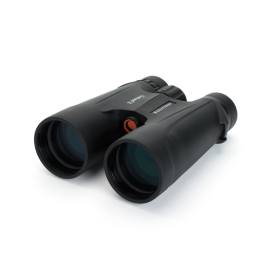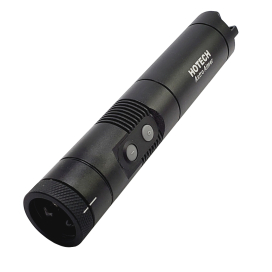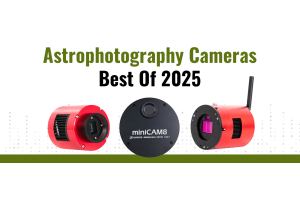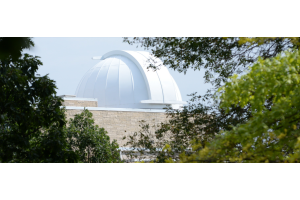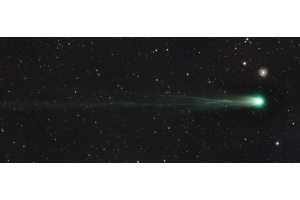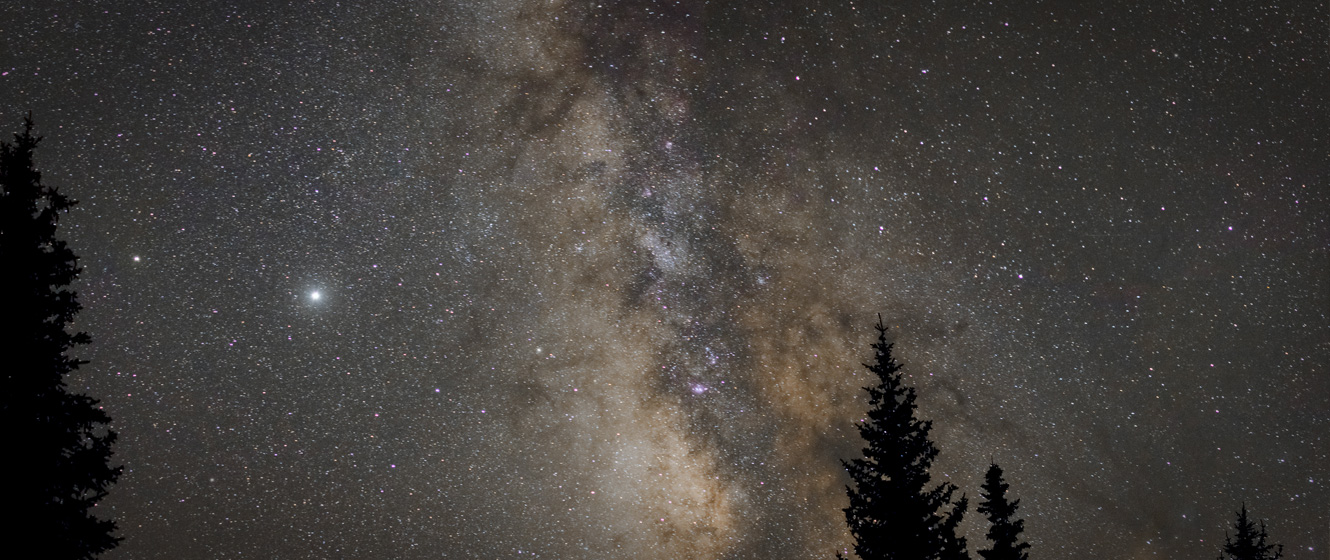
There are, of course, a number of skills that come in handy when you’re learning observational astronomy, and arguably, star hopping is one of the most important. Without it, it’s easy to become lost among the stars, and that can certainly be frustrating when you’re on the hunt for a faint and fuzzy object.
So, what is star hopping? What are some tips and tricks for star hopping? And what are some of the best objects you can find by star hopping?
What is Star Hopping?
Quite simply, star hopping is exactly that: you start at one star and then “hop” from one to another until you reach your desired target. This is a critical skill, as only the brightest objects can be seen with the naked eye, and without it, literally hundreds of fascinating sights will slip by unseen.
If you already know a little about observational astronomy, the chances are you’ve been star hopping already, even if you weren’t aware of it. For example, you might already know you can use the “pointer” stars in the Big Dipper, Dubhe, and Merak to find Polaris, the Pole Star. During the winter, you can also use the three stars of Orion’s belt to find Sirius, the brightest star in the sky.
However, both the Big Dipper and Orion can also be used to find other stars and constellations. If you’ve never tried this before, it’s good practice for when you’ll need to star hop to fainter targets - after all, if you’re not able to find the constellations, it’ll make finding your target a lot harder!
Using the Big Dipper to Star Hop
The Big Dipper (the seven brightest stars in the constellation of Ursa Major, the Great Bear) can be used as a great signpost to other stars and constellations for two reasons:
- It’s circumpolar in the northern hemisphere, which means it lies close to the north celestial pole and appears to circle it throughout the night and the year. Depending on your latitude, this makes it visible on almost any night at any time.
- It’s large, and its stars are bright, which makes it very easy to locate - even from light-polluted suburban skies.
In all, you can use the Big Dipper to locate 8 bright stars and constellations:
- Polaris - draw a line through Merak, then Dubhe, and you’ll come to Polaris. It’s not a particularly bright star, but it can readily be seen from suburban skies.
- Cassiopeia - once you’ve found Polaris, continue the line and curve it slightly until you come to a zig-zag pattern of five stars. This is Cassiopeia, the Queen, a prominent autumnal constellation.
- Leo - starting at Dubhe, draw a line through Merak, in the opposite direction from Polaris, and you’ll come to Leo, the Lion. (You can also draw a line through Megrez and Phecda in the same direction.)
- Capella - from Megrez, draw a line through Dubhe and keep going until you come to a bright, yellowish star. This is Capella, the brightest star in the winter constellation of Auriga, the Charioteer.
- Gemini - again, starting from Megrez, draw a line through Merak and keep going until you come to a pair of stars of almost equal brightness. These are Castor and Pollux, the two stars that represent the heads of Gemini, the Twins.
- Arcturus - follow the curve of the dipper’s handle south, and you can “arc to Arcturus,” the brightest star in the kite-shaped constellation Boötes, the Herdsman. This constellation is best seen during the spring.
- Spica - continue the arc, and you’ll reach a bright white star. This is Spica, the brightest star in another spring constellation, Virgo, the Maiden.
- Vega - this one’s trickier, as you’ll need to go further afield. Starting with Megrez, draw a curved line through Alioth and Mizar and continue on until you come to a bright, white star. Vega is the brightest star in that area of the sky and the brightest in Lyra, the Lyre.
Using Orion to Star Hop
Orion, the Hunter, is a constellation best seen during the winter months but can also remain visible in the evening sky during the spring. It’s one of the brightest and most easily recognizable constellations in the sky, thanks to its seven brightest stars.
In all, Orion can help us find 6 other stars and constellations:
- Sirius - the brightest star in the constellation Canis Major, the Great Dog, and also the brightest star in the entire night sky. It’s easily found by drawing a line south through the three stars of Orion’s belt, starting from Mintaka.
- Aldebaran - this star can also be found using the three stars of Orion’s belt. Start with Alnitak and then draw a line north until you come to a coppery-colored star. This is Aldebaran, and it represents the red eye of Taurus, the Bull.
- The Pleiades - first, you’ll need to locate Aldebaran using the three stars of Orion’s belt. Then, continue the line until you see a small group of stars. These are the Pleiades, an open star cluster that’s an outstanding sight through binoculars.
- Procyon - starting at Bellatrix, draw a line through Betelgeuse and then curve it until you come to a bright star. This is Procyon, one of only two prominent stars that make up Canis Minor, the Lesser Dog.
- Gemini - if it’s currently winter, it may be easier to find Gemini using Orion. Start with Mintaka and then draw a curved line through Betelgeuse to find Castor and Pollux.
- Capella - Orion can also be used as an alternate method of locating Capella. You’ll need to draw a line starting at Saiph and then through Alnitak. Continue on until you come to Capella.
Helpful Hints for Star Hopping
So now you know the basic concept of star hopping - and even found your first deep sky object, the Pleiades. Now you can develop the skill further and use it to find so much more. The following hints will help you get started, but never forget the #1 tip of all - practice!
1. Know your constellations
2. Know your asterisms
3. Know the limiting magnitude
4. Use binoculars
5. Use a star chart
6. Start with a bright star & easy targets
Know Your Constellations
In all, there are 88 constellations in the night sky, but not every one will be visible from your location. You should, therefore, have an understanding of which ones can be seen from your latitude and when they’re at their best.
This is important as it will help you to get an idea of where and when a particular deep sky object will be visible. For example, Messier 57, the Ring Nebula, is found within the constellation of Lyra, the Lyre. This constellation appears high in the sky during summer months - particularly during July and August - so you’ll have no luck with locating the Ring Nebula in February!
Know Your Asterisms
Asterisms are recognizable patterns within constellations. However, they are not constellations in their own right. This includes the Teapot of Sagittarius, the Belt of Orion, the Big Dipper, the “M” (or “W”, depending on its orientation) of Cassiopeia, the Summer Triangle, and more. Knowing these asterisms is just as helpful as knowing your constellations, as these bright stars might serve as pointer stars to fainter ones and are easily recognizable.
Know the Limiting Magnitude
Limiting magnitude is the magnitude of the faintest object (typically a star) that you can see from your location. This is relatively easy to test, as it only requires you to step outside, look up, and identify the faintest star you can see.
It’s a good idea to allow your eyes to adjust to the dark first, so wait about thirty minutes—without using or looking at any kind of white light—before making your estimate. Using an app (with the night mode on!) or a star chart and red flashlight can help. Similarly, get an idea of the magnitude of the faintest stars and objects that you can see through your binoculars or telescope.
Knowing the limiting magnitude at your location will give you a good idea of which stars you can use for star hopping, which equipment you might need to spot your target, or even if it’s visible at all!
Use Binoculars
If your target is beyond naked eye visibility (as the vast majority are), then you’ll obviously need to use some form of optical aid to help you locate it. That’s where binoculars are useful, for two important reasons:
- They allow you to see fainter stars, which can be used to better star hop.
- They have a wider field of view than your telescope eyepiece and are easier to use than a finderscope, making it easier to hop from star to star.
Practice locating your target with binoculars; even if you can’t spot the target itself, if you can identify the surrounding stars, you’ll know you’re looking in the right place.

Use a Star Chart
Be sure to plan your star hop before you head outside. Ideally, you should use star chart software that will allow you to print charts with the stars appearing as black dots on a white background. That way, you can make notes on the paper (be sure to use dark ink), and the black dots on the white background will be easier to see in the dark.
(A star chart with a black background and the stars as white dots will be harder to read, and of course, you won’t be able to write on it.)
If you don’t have star chart software, you can buy a star chart in that format or potentially use an app. However, be careful with apps; not only will you need to ensure your phone is charged, but the app should have a night mode that will turn the screen red and save your night vision.
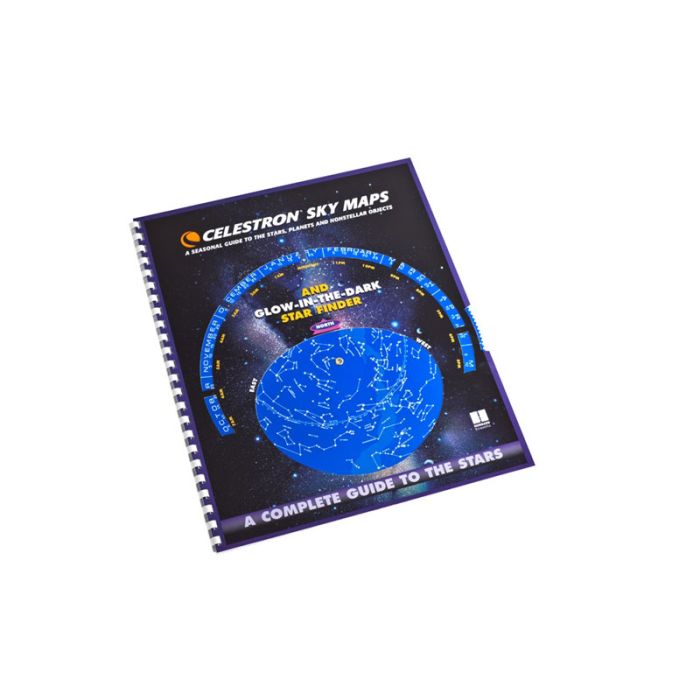
Start With a Bright Star & Easy Targets
Once you’ve got your star chart or app, you’ll want to start your star hop with a naked eye star that’s relatively close to your target. From there, look at the stars in between your starting point and your target - what are the brightest stars, or patterns of stars (called asterisms) that can act as markers along the way?
Again, keep in mind your limiting magnitude. Your star chart or app may show stars that are fainter than you’ll be able to see from your location. This can make it harder to create your star hop, as you might be relying on stars that aren’t visible.
This is where an app has the advantage, as many will allow you to adjust the chart to match your limiting magnitude. Also, some apps (such as SkySafari) will plot an outline of your binocular or finderscope’s field of view, so you can get an idea of what you’ll see when you go hopping.
Lastly, start with relatively easy targets that are comparatively bright and can be found within the same binocular field of view as a bright star.
For example, M41 in Canis Major can be found by following the three stars of Orion’s belt to Sirius and then looking four degrees due south of that star. Both Sirius and the cluster will easily fit within the same field of view when observed with regular 10x50 binoculars.
If you have any questions about astronomy, a product, or star hopping in general - our experts are here to help! You can reach our product advisors by filling out our contact form
This Article was originally published on 12/27/2021





